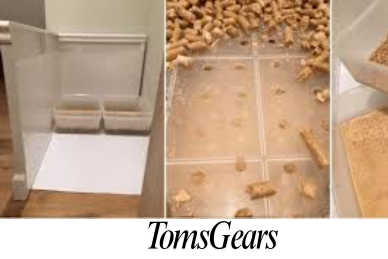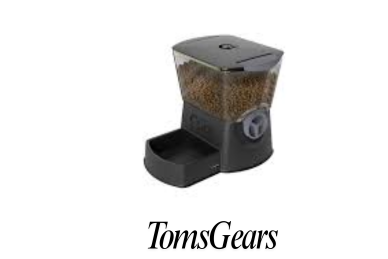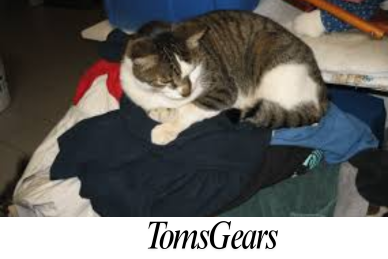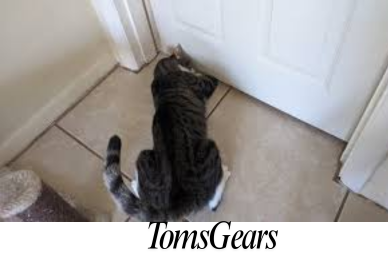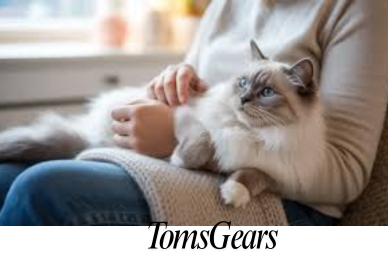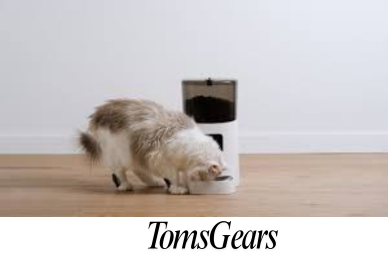What Kind of Litter Box Do You Need for Pine Pellets?
For pine pellets, the best litter box is a sifting or slotted box that separates the disintegrated sawdust from the intact pellets. This design helps maintain cleanliness and reduces odors by making it easy to remove the waste and keep the box fresh. However, if a sifting box isn’t available, a regular high-sided litter box can work too, but you’ll need to scoop it more frequently to manage sawdust buildup.
Why Do You Need a Special Litter Box for Pine Pellets?
Pine pellets break down into sawdust when they come in contact with moisture, such as your cat’s urine. Unlike clumping clay litter, pine pellets don’t clump—instead, they disintegrate into fine particles. A traditional litter box doesn’t separate the sawdust from the fresh pellets, which can quickly become messy. This is why a sifting or slotted box is ideal; it lets the sawdust fall through, keeping the top layer dry and intact.
What Is a Sifting Litter Box?
A sifting litter box has two layers: an upper tray with slots and a solid bottom tray. When you lift the upper tray, the sawdust falls through the slots, leaving the intact pellets on top. This design is perfect for pine pellet litter because it helps manage the breakdown process, making maintenance much easier. Some sifting boxes are sold specifically for pine pellets, but any sifting box can be used.
Can You Use a Regular Litter Box for Pine Pellets?
Yes, but it requires more frequent cleaning. Without a sifting mechanism, you’ll need to scoop out the wet sawdust manually, which can be a bit tedious. To use a standard box:
- Use a high-sided litter box to prevent scattering.
- Add a layer of pine pellets at least 1–2 inches thick.
- Regularly scoop out sawdust from the bottom to keep the top layer dry.
How to Set Up a Litter Box for Pine Pellets?
Setting up a pine pellet litter box is straightforward:
- Choose the right box: Either a sifting box or a regular high-sided box.
- Add a base layer of about 1–2 inches of pine pellets.
- Monitor the breakdown: As the pellets turn into sawdust, sift or scoop the wet material to refresh the box.
- Add more pellets as needed to maintain the desired level.
How Often Should You Change Pine Pellet Litter?
It depends on the number of cats and the box design. With a sifting box, you can maintain cleanliness by sifting every 2–3 days and doing a full change every 1–2 weeks. For regular boxes, you may need to change the entire litter weekly since the sawdust builds up quickly.
Are Pine Pellet Litter Boxes Better for Odor Control?
Yes, they tend to control odors better than many other types of litter. Pine pellets are naturally odor-neutralizing due to their wood composition. When urine hits the pellets, it breaks down into sawdust, trapping the smell inside the moist particles. However, this only works if you regularly sift out the sawdust, so maintenance is key.
How Does a Sifting Box Make Pine Pellet Management Easier?
A sifting box:
- Separates the sawdust from fresh pellets.
- Reduces tracking since intact pellets stay on top.
- Maintains a cleaner environment for your cat.
Are There Alternatives to a Sifting Litter Box?
If a sifting litter box isn’t an option, consider using:
- A stainless steel scoop with wide slots to sift out sawdust manually.
- Two stacked litter boxes: Drill small holes in the upper box to create a makeshift sifter.
- DIY Sifting Inserts: Create a sifting layer using mesh or plastic grid inserts.
FAQ
How deep should the pine pellet layer be?
About 1–2 inches deep. Too thick, and it’ll be harder to sift; too thin, and it won’t absorb moisture well.
Can kittens use pine pellet litter boxes?
Yes, but use a smaller sifting box or a shallow high-sided box to make it accessible.
What are the downsides of using pine pellet litter?
Pine pellets can be dusty when they break down, and sifting may require more effort than simply scooping traditional litter.
Do pine pellets control ammonia odor better than clay?
Yes, the natural pine scent neutralizes ammonia better than most clay-based litters.
Wrapping Up
For pine pellets, a sifting litter box is the best choice to separate sawdust from pellets, keeping the box cleaner and reducing odors. Regular high-sided boxes can work too, but they require more frequent scooping. With the right setup and maintenance, pine pellets can be an excellent, eco-friendly alternative to traditional litters.

